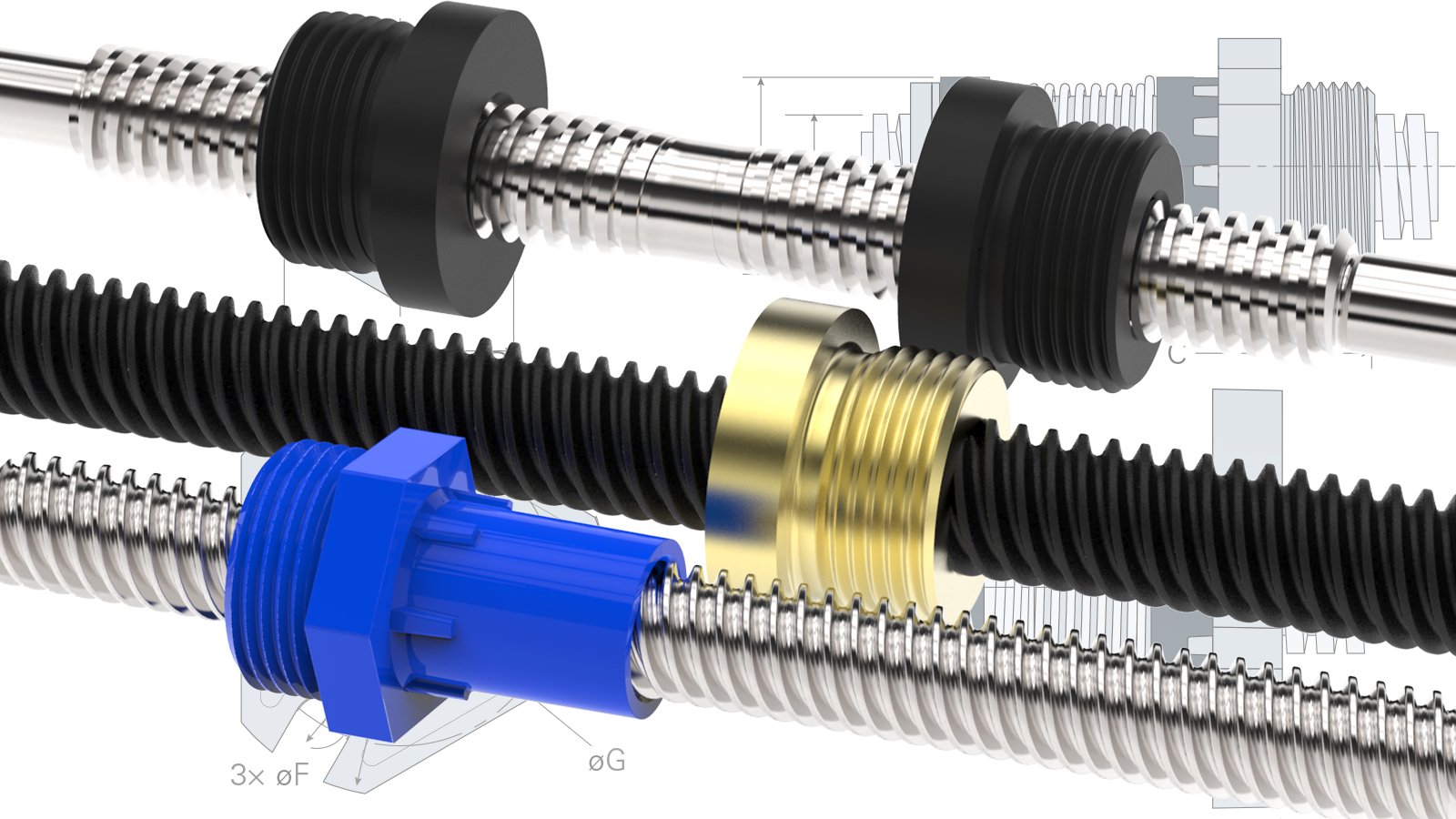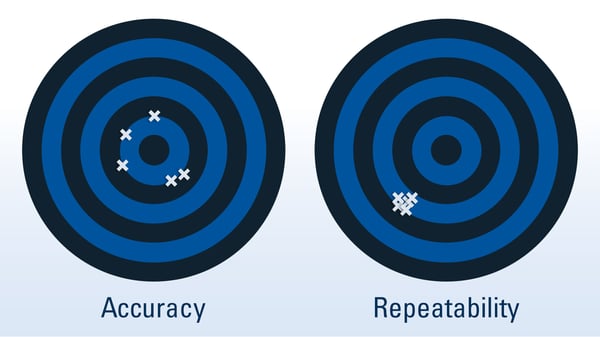The Crucial Role of Lead Screws in Optimizing Linear Motion Systems

In the world of mechanical engineering, the choice of components for creating linear motion is a crucial decision that can significantly impact the performance and efficiency of a system. One such component that plays a pivotal role in linear motion systems is the lead screw. In this discussion, we will explore the role of a lead screw in a linear motion system and delve into the top three reasons why engineers might opt for lead screws over alternative methods such as pneumatic and hydraulic actuators. We will also share some engineering calculators for lead screws.
The Role of a Lead Screw in Linear Motion Systems
A lead screw is a threaded rod that, when coupled with a nut, converts rotational motion into linear motion. This fundamental mechanical element finds extensive use in various industrial and mechanical applications, from CNC machines and 3D printers to automotive jacks and conveyor systems. The lead screw's primary function is to provide precise and controlled linear movement, making it an indispensable choice in engineering design.
Precision and Accuracy
Engineers often turn to lead screws when precision and accuracy are paramount in linear motion applications. The threaded design of the lead screw, typically featuring a high lead or thread pitch, allows for fine positional control. As the motor rotates the screw, the nut moves along the threads, translating this rotary motion into linear displacement. The precise fit between the screw and nut minimizes backlash, resulting in accurate positioning without the need for additional feedback systems.
In applications where tight tolerances and repeatability are essential, such as in CNC machining or medical equipment, lead screws shine. Their mechanical simplicity and direct conversion of rotational input to linear output make them attractive for engineers seeking precise control over movement.

Mechanical Efficiency
Mechanical efficiency is crucial in linear motion systems, directly impacting energy consumption and system performance. Lead screws are renowned for their high mechanical efficiency compared to alternative methods like pneumatic and hydraulic actuators.
Pneumatic and hydraulic actuators use fluid compression and expansion to generate linear motion. This process introduces energy losses due to friction, heat, and fluid leakage, lowering overall efficiency. In contrast, lead screws transmit motion directly through solid components, minimizing energy losses and maximizing the conversion of input power into proper linear motion.
Additionally, lead screws exhibit excellent self-locking properties, which means they can hold a position without the need for continuous power input. This inherent stability further enhances their mechanical efficiency in applications where the load needs to remain stationary.
Cost-Effectiveness and Simplicity:
Cost considerations are often a driving force in engineering decisions. Lead screws offer a cost-effective solution for achieving linear motion compared to pneumatic and hydraulic systems. Lead screw assemblies typically involve fewer components and are easier to manufacture and maintain, resulting in lower overall system costs.
Pneumatic and hydraulic actuators, on the other hand, require additional components such as compressors, pumps, valves, and fluid reservoirs, adding complexity and cost to the system. Furthermore, the maintenance and upkeep of fluid-based systems can be more involved and costly over time.
The simplicity of lead screws also extends to their ease of integration into existing mechanical designs. Engineers can readily adapt lead screws to fit various applications without the need for extensive system redesigns or modifications.
Lead screws play a vital role in linear motion systems by offering precision, mechanical efficiency, and cost-effectiveness. Engineers often choose lead screws over alternative options like pneumatic and hydraulic actuators when precision and accuracy are crucial, mechanical efficiency is a priority, and cost-effectiveness is a key consideration. The threaded design of lead screws, combined with their self-locking properties, makes them a reliable choice for a wide range of applications, from manufacturing and automation to aerospace and medical devices. When it comes to achieving linear motion, lead screws continue to be a trusted and versatile solution in the engineer's toolbox.


